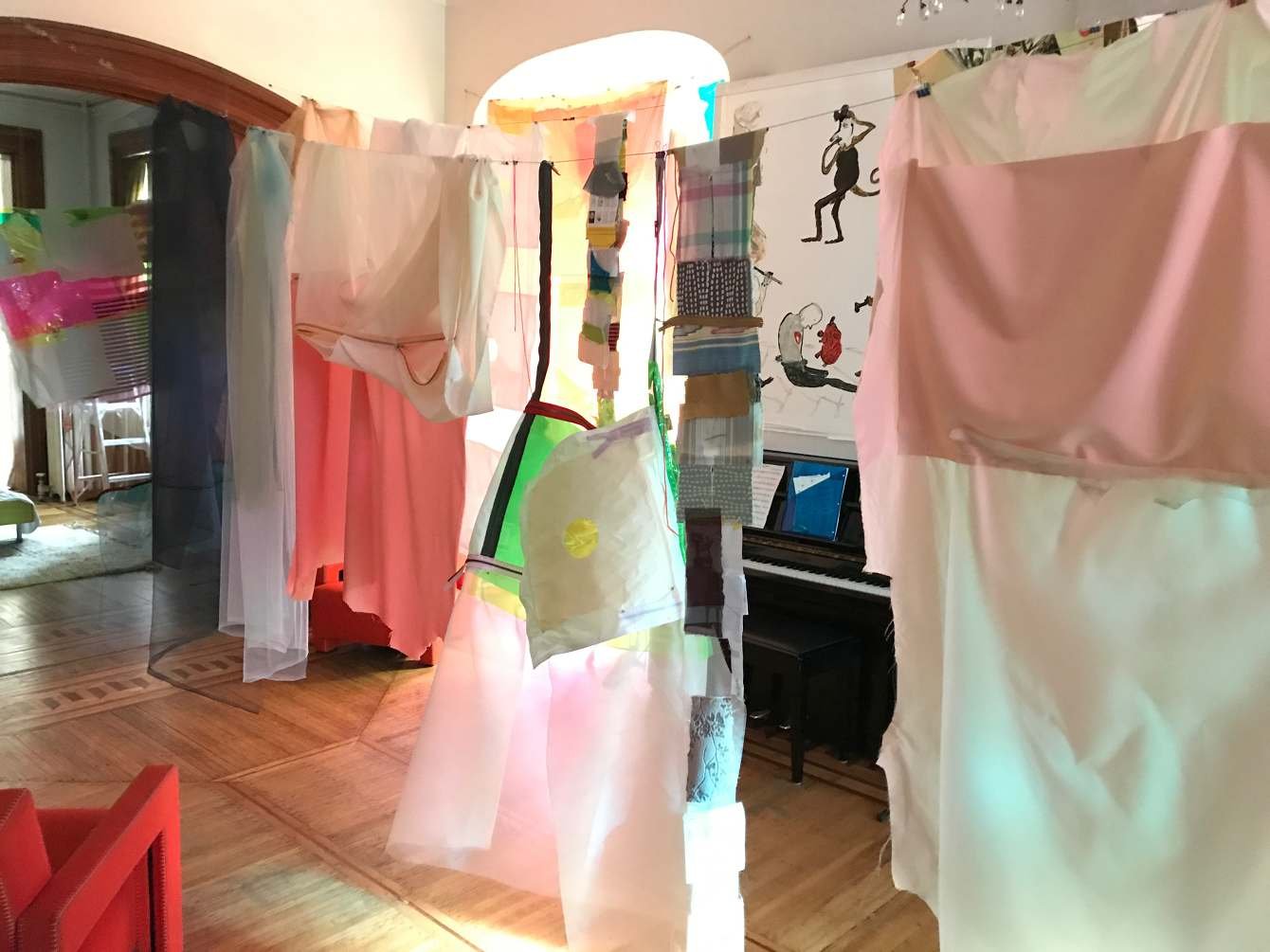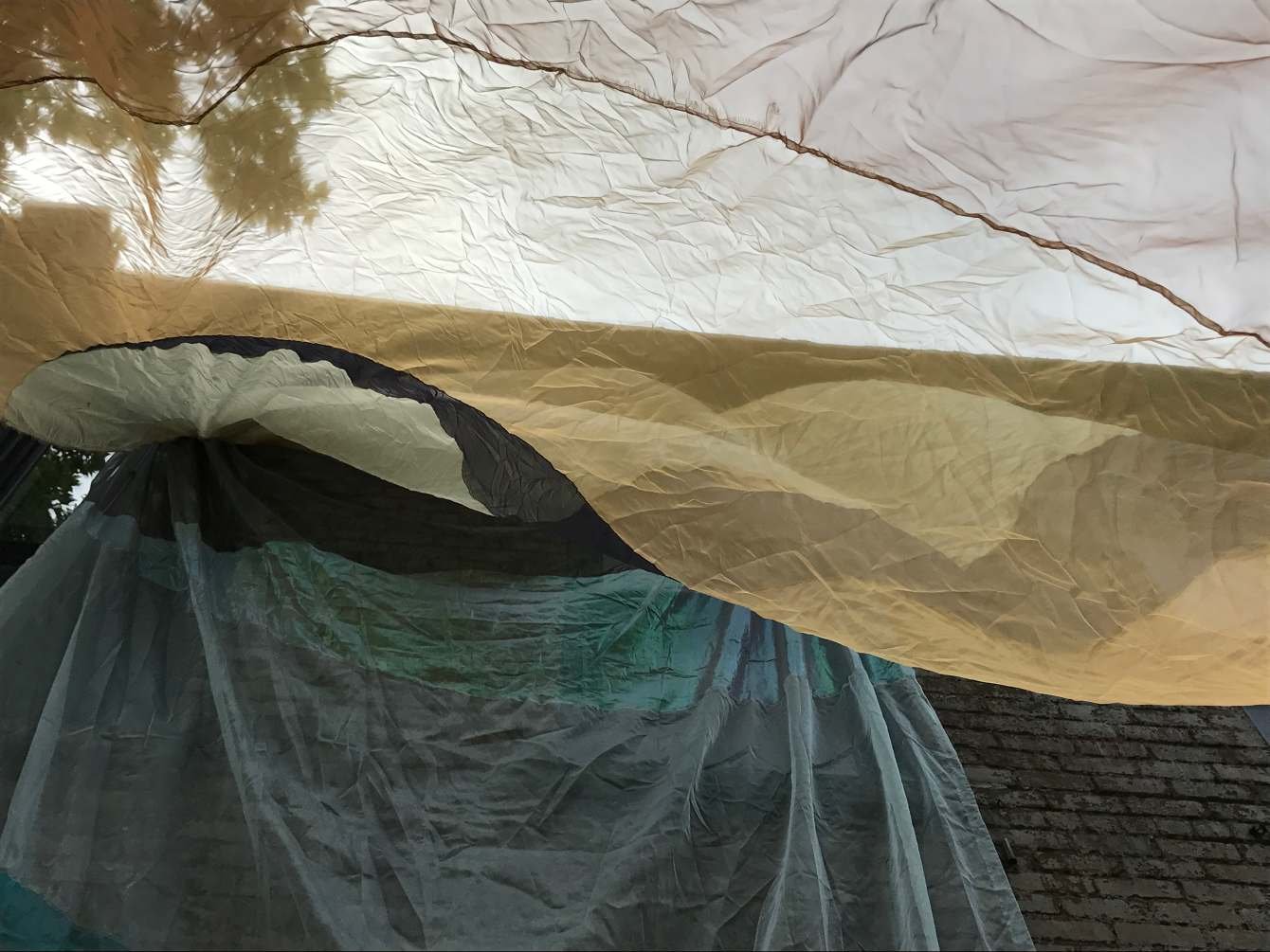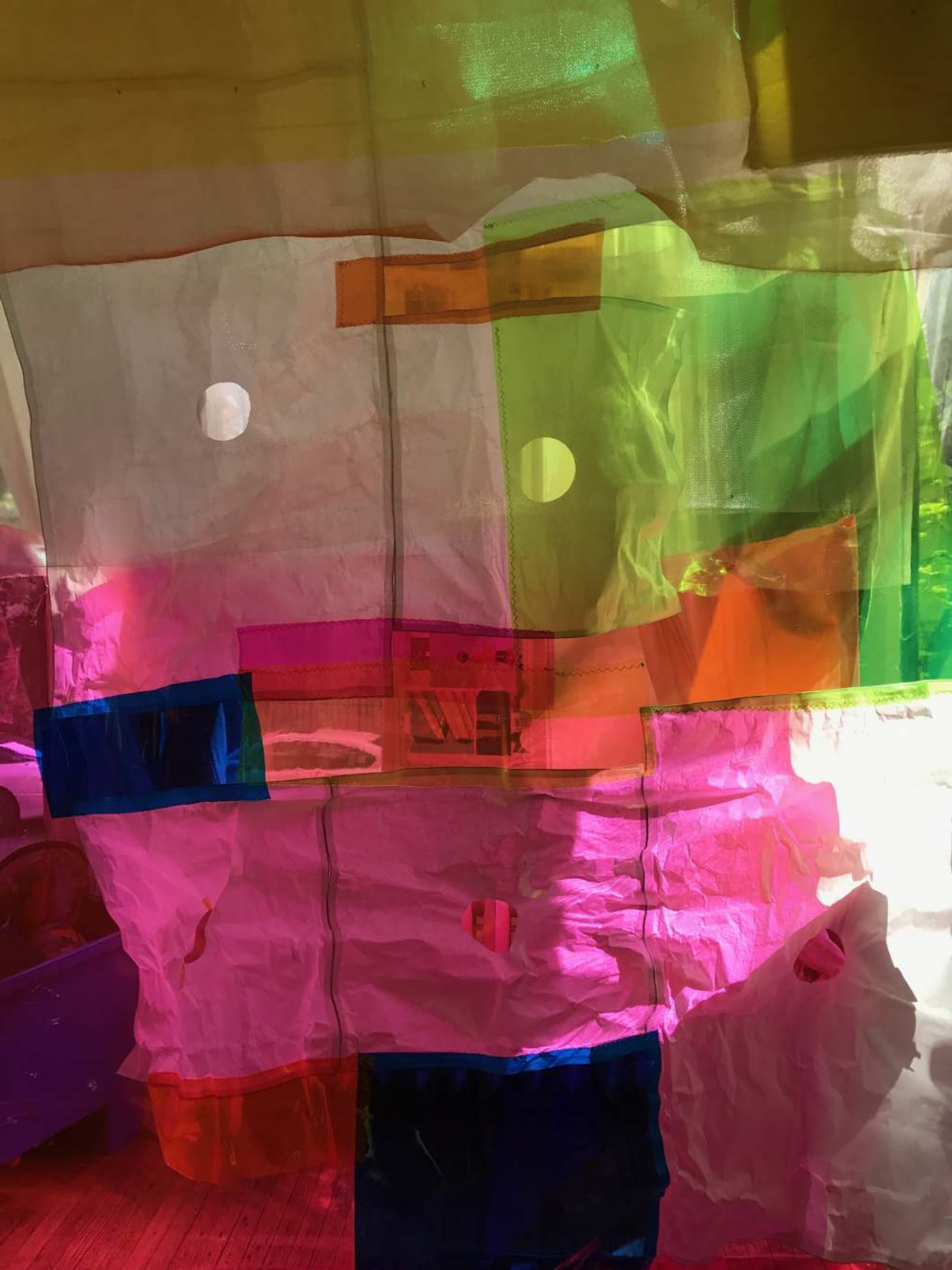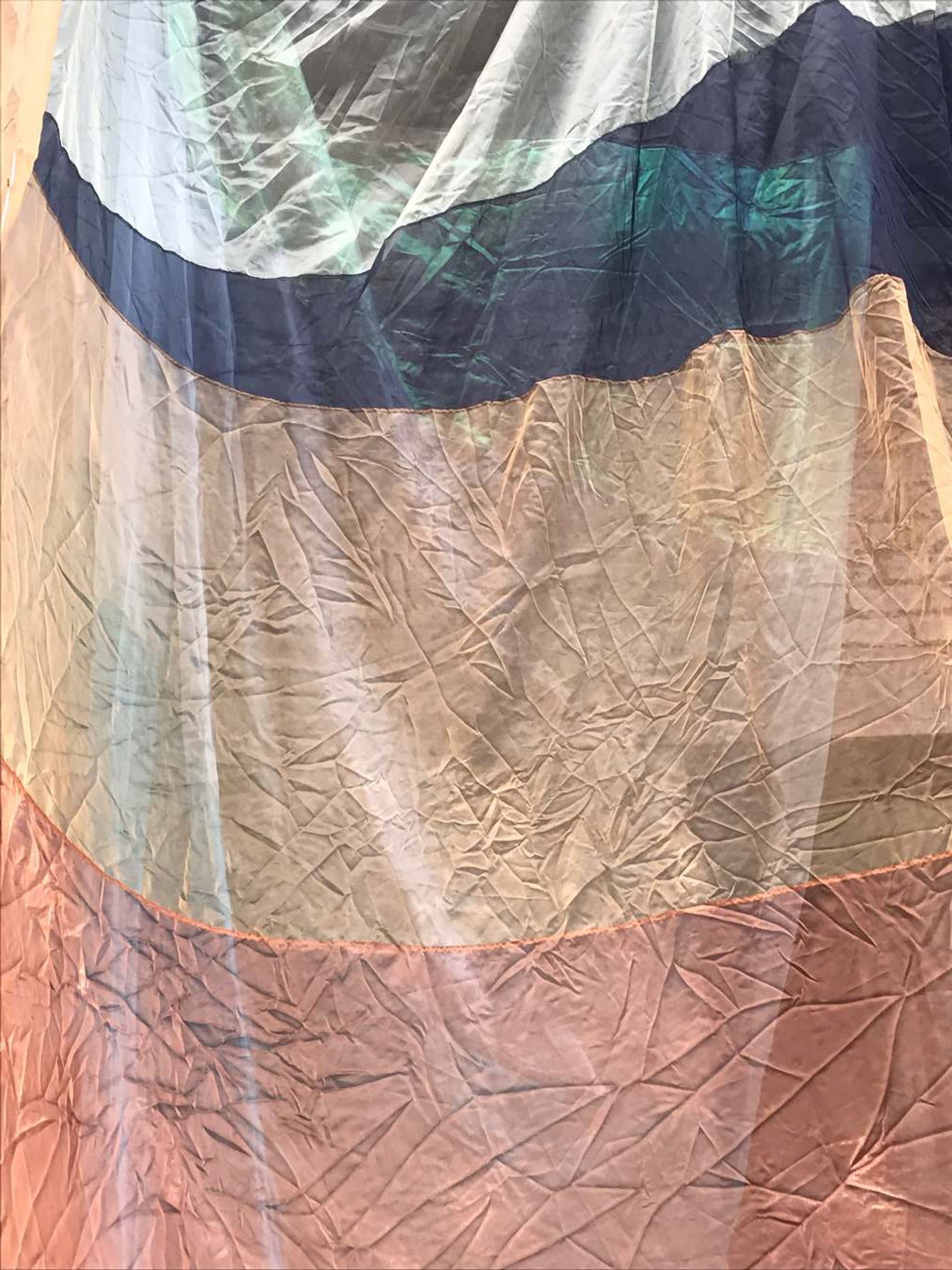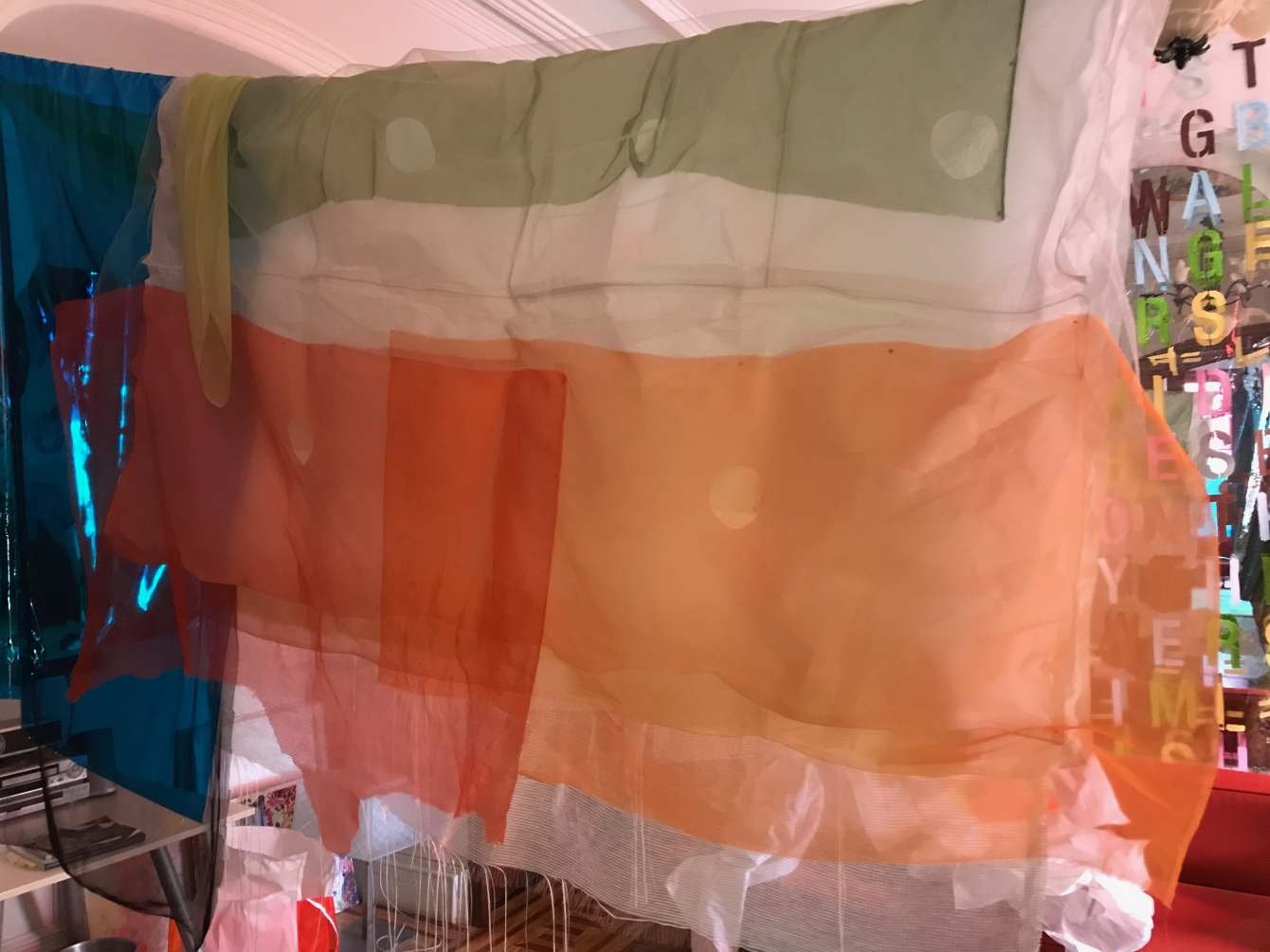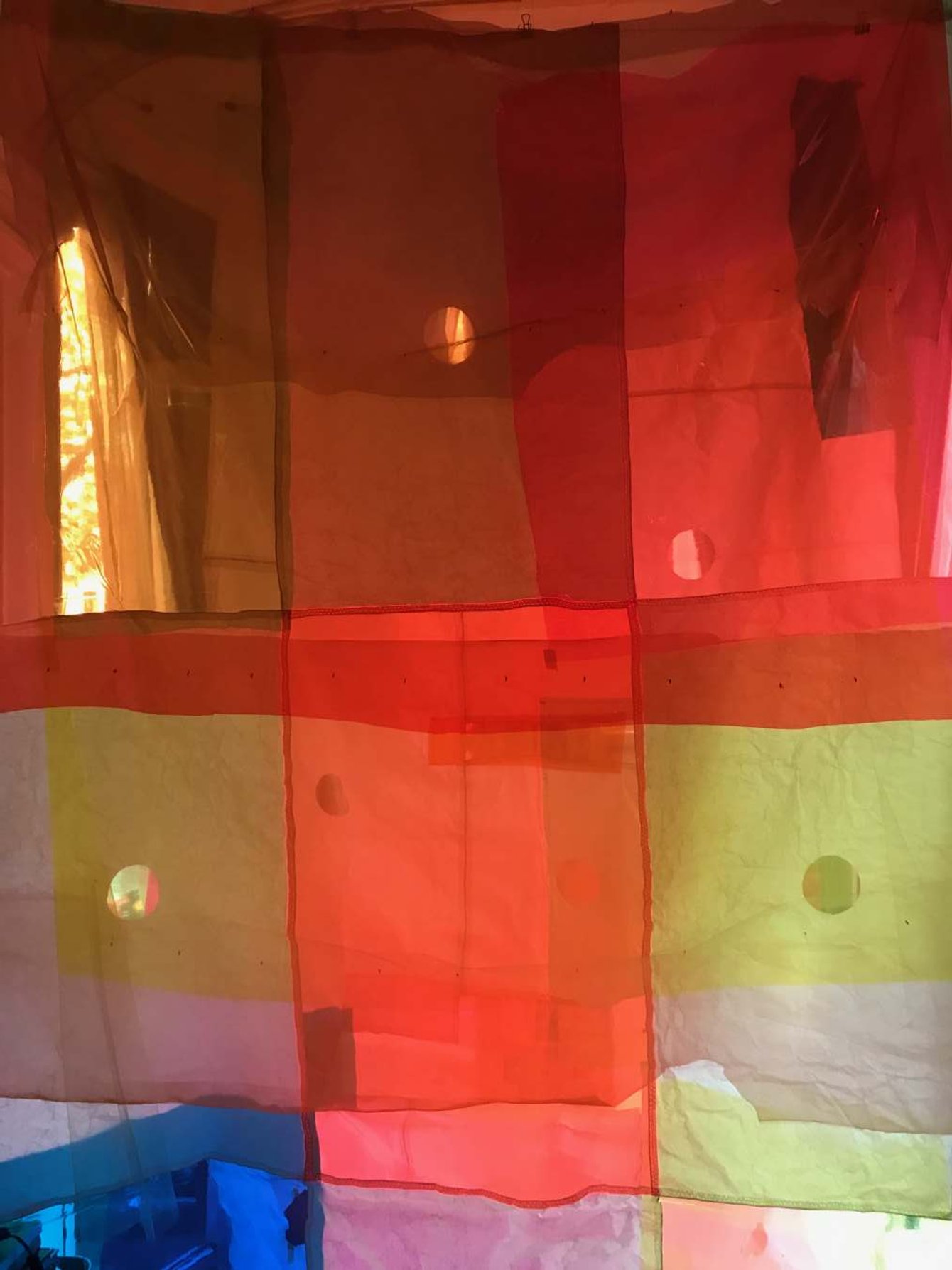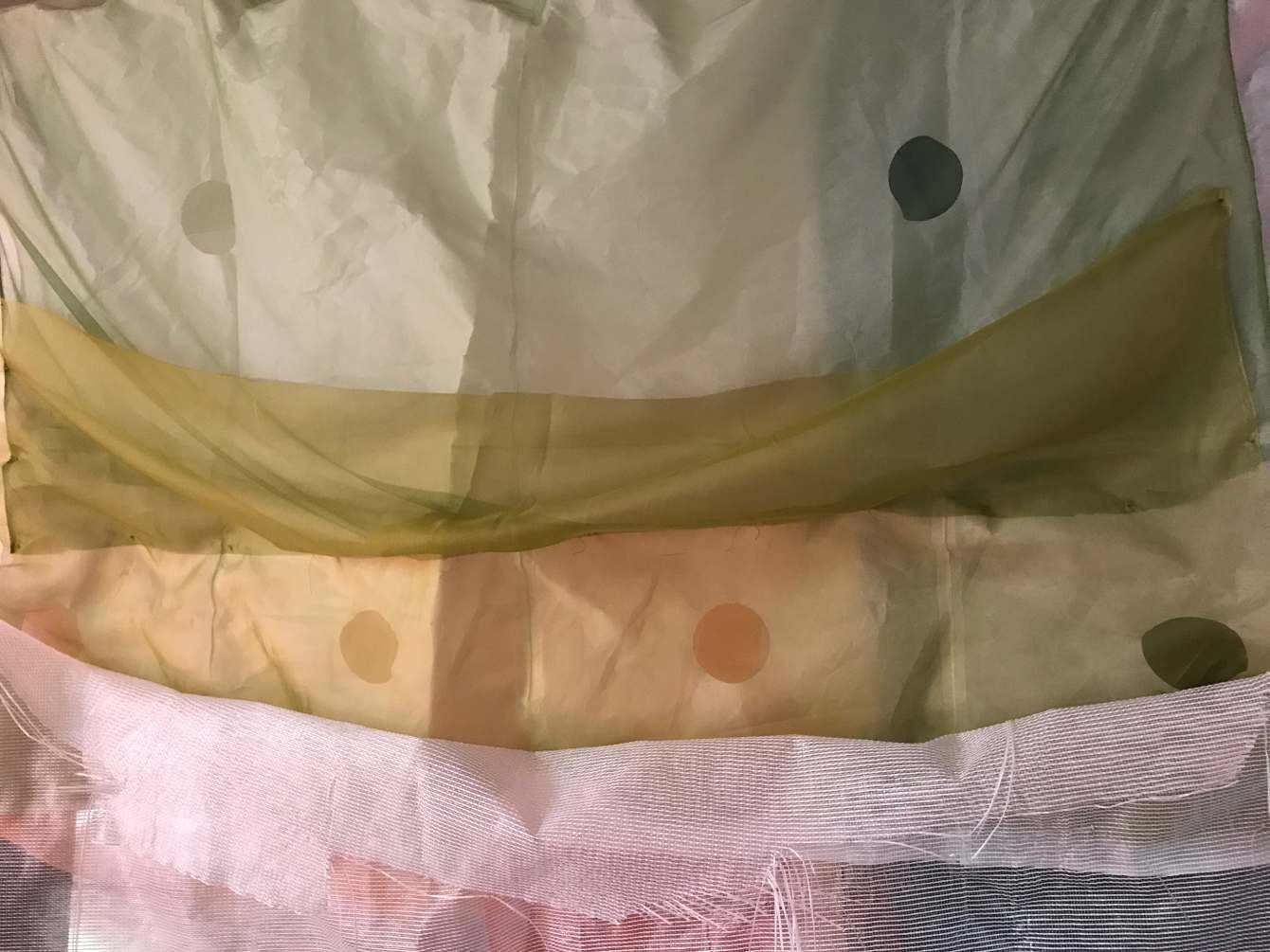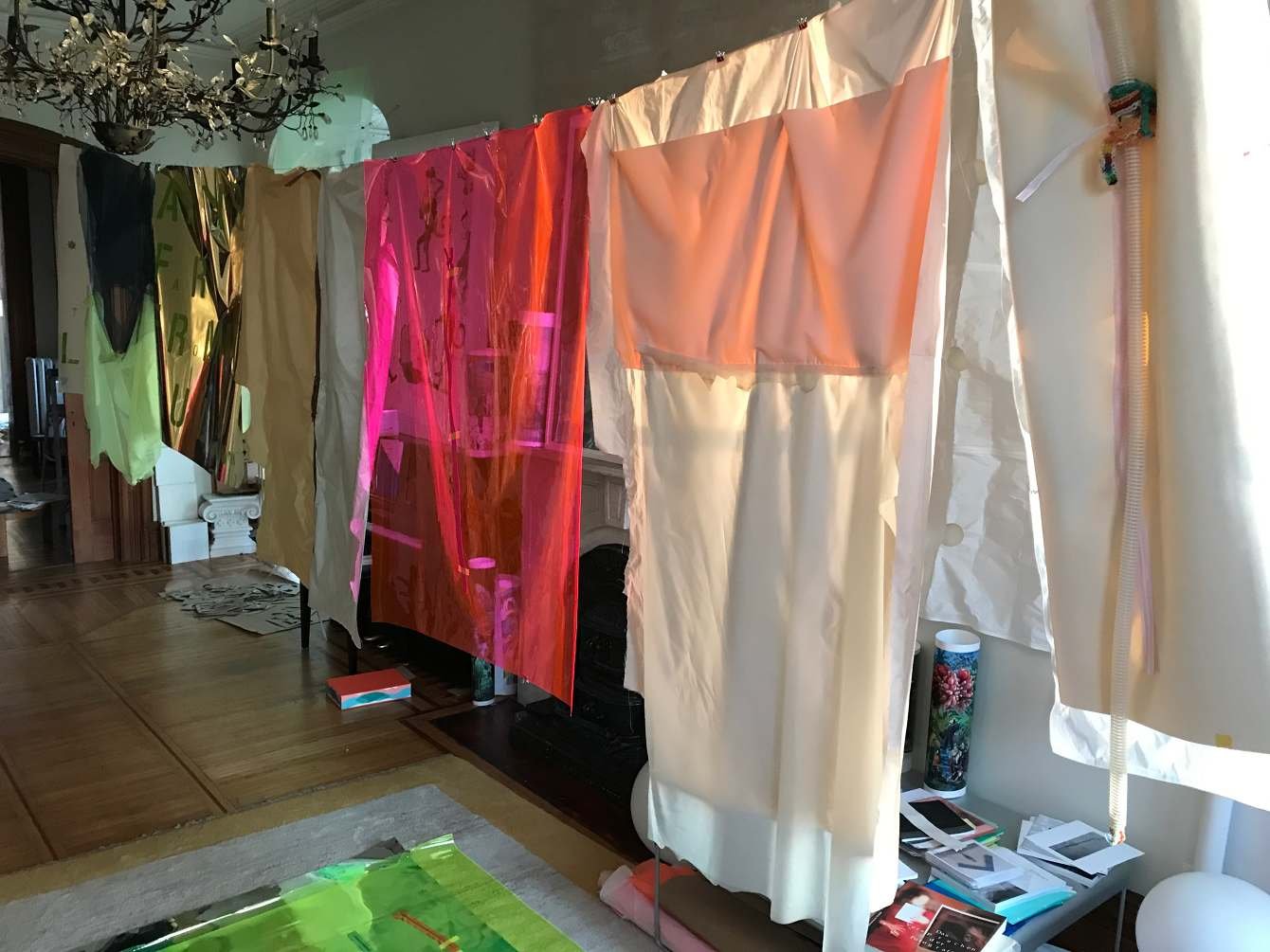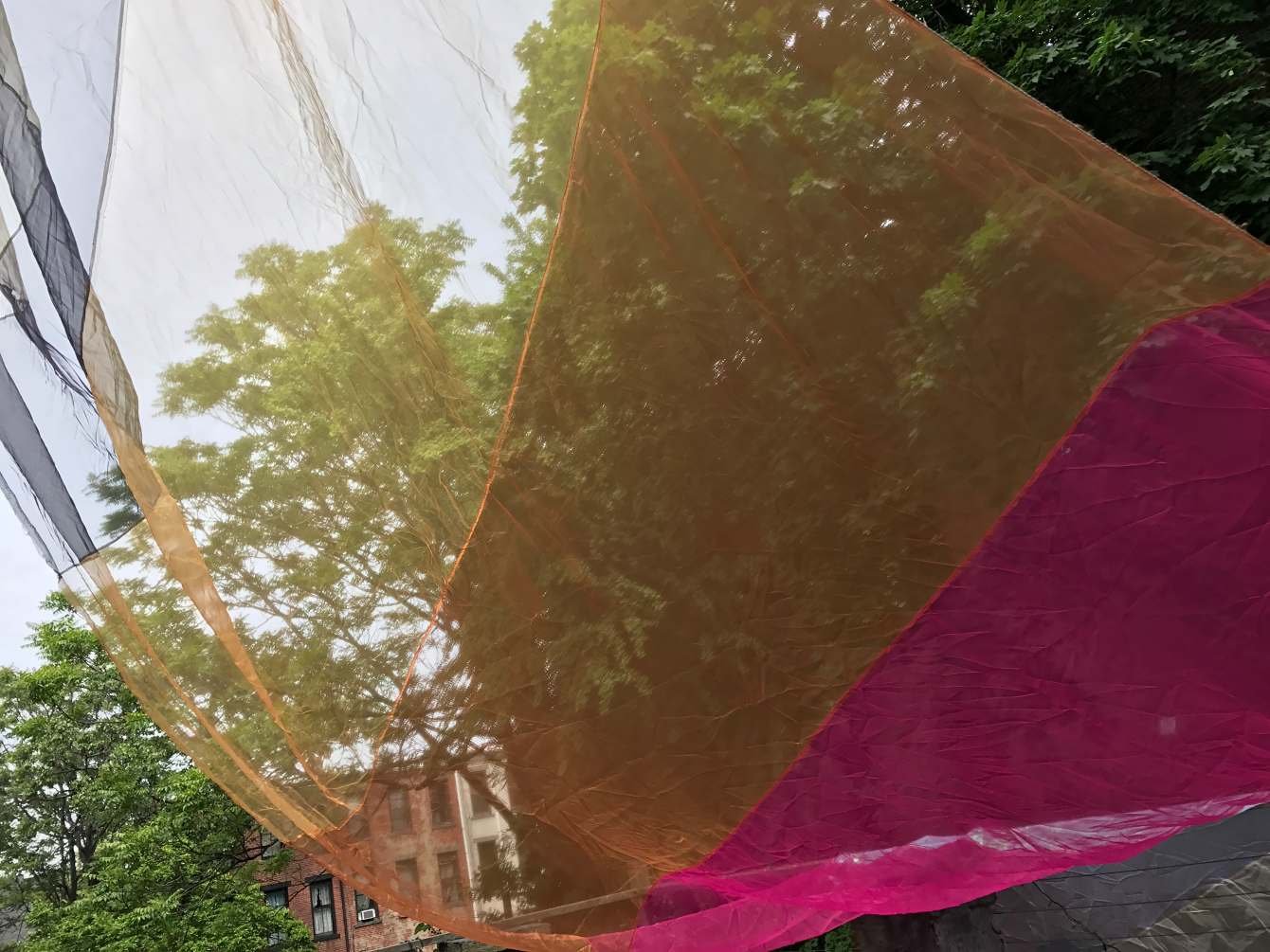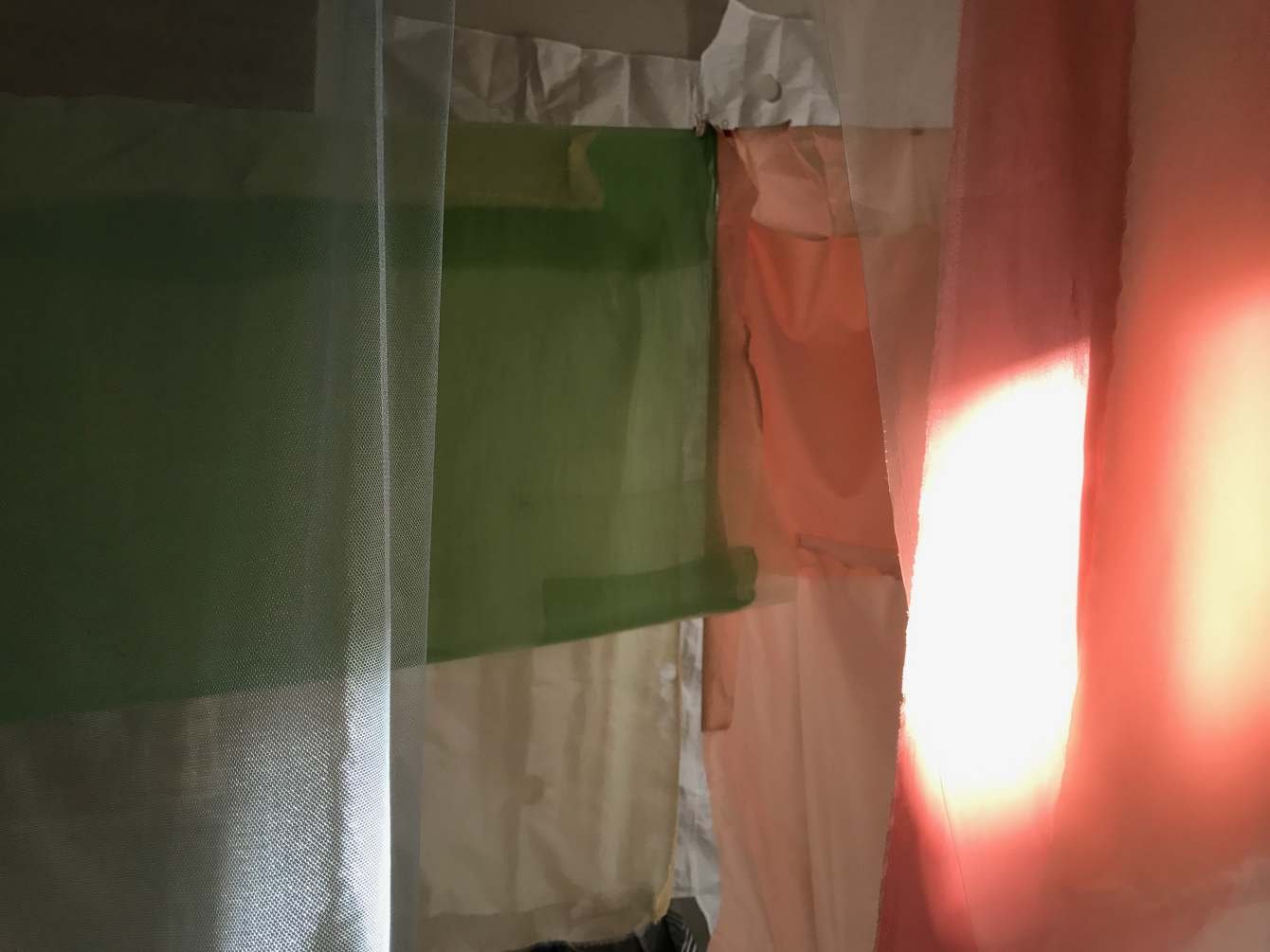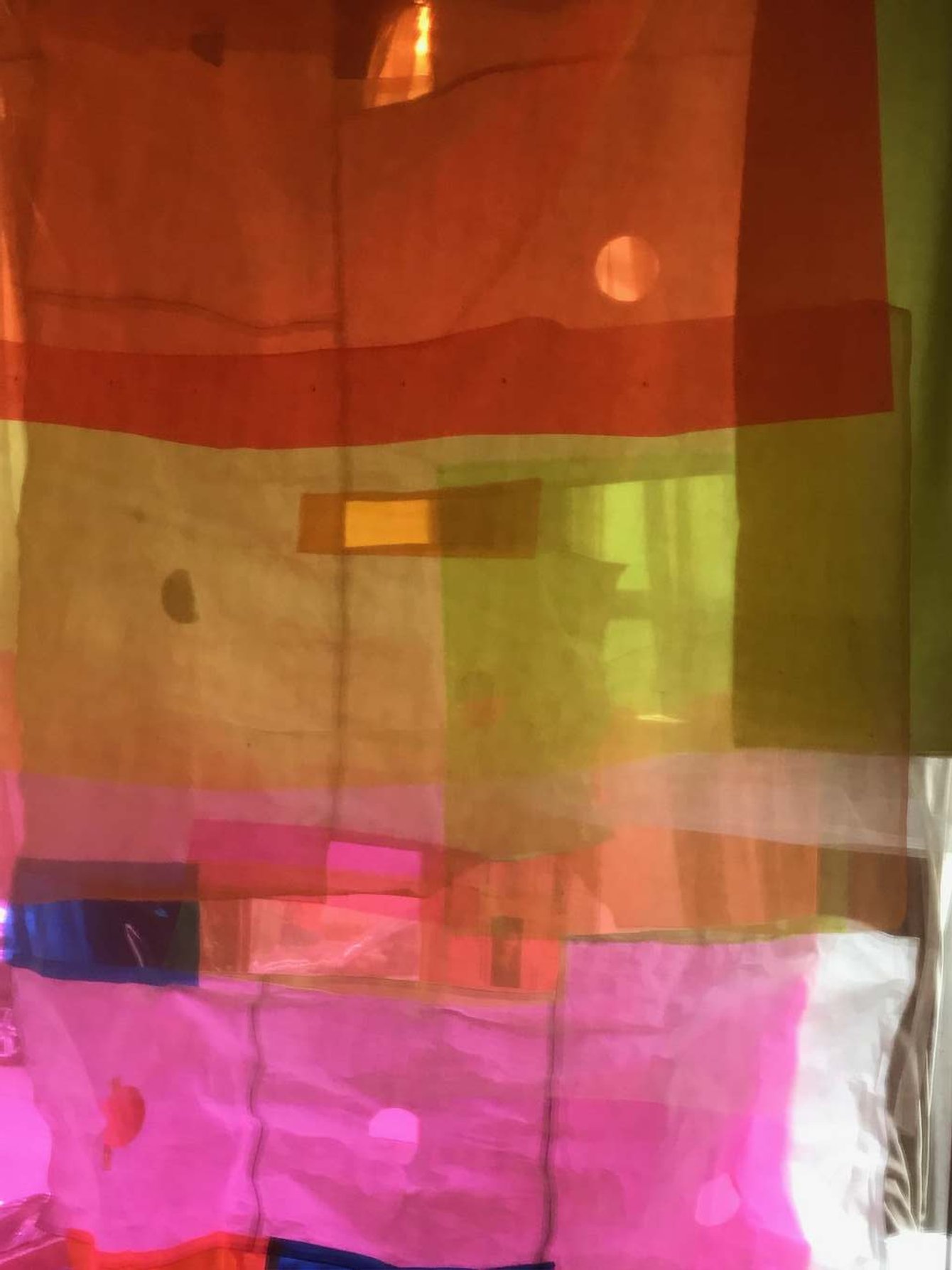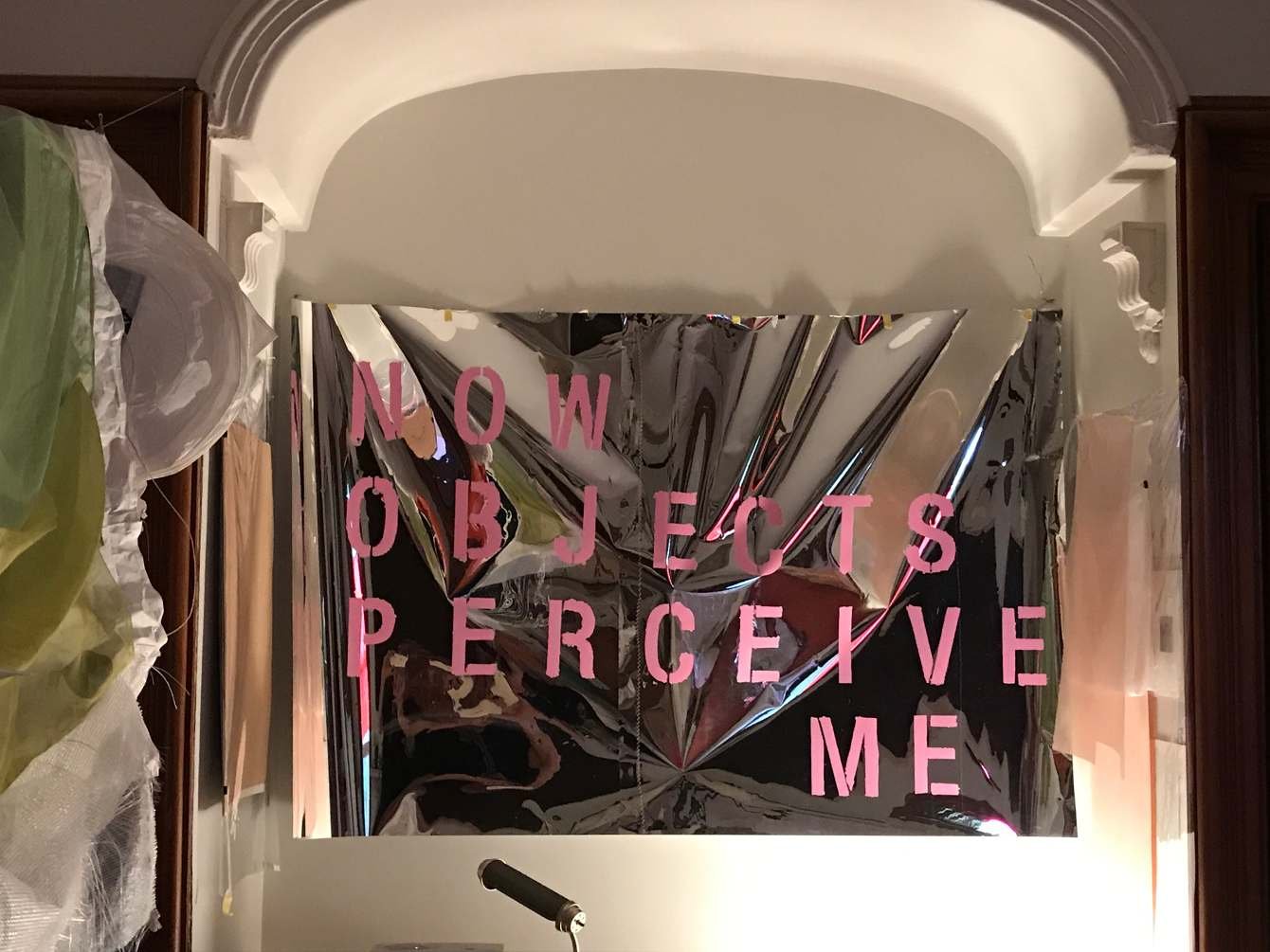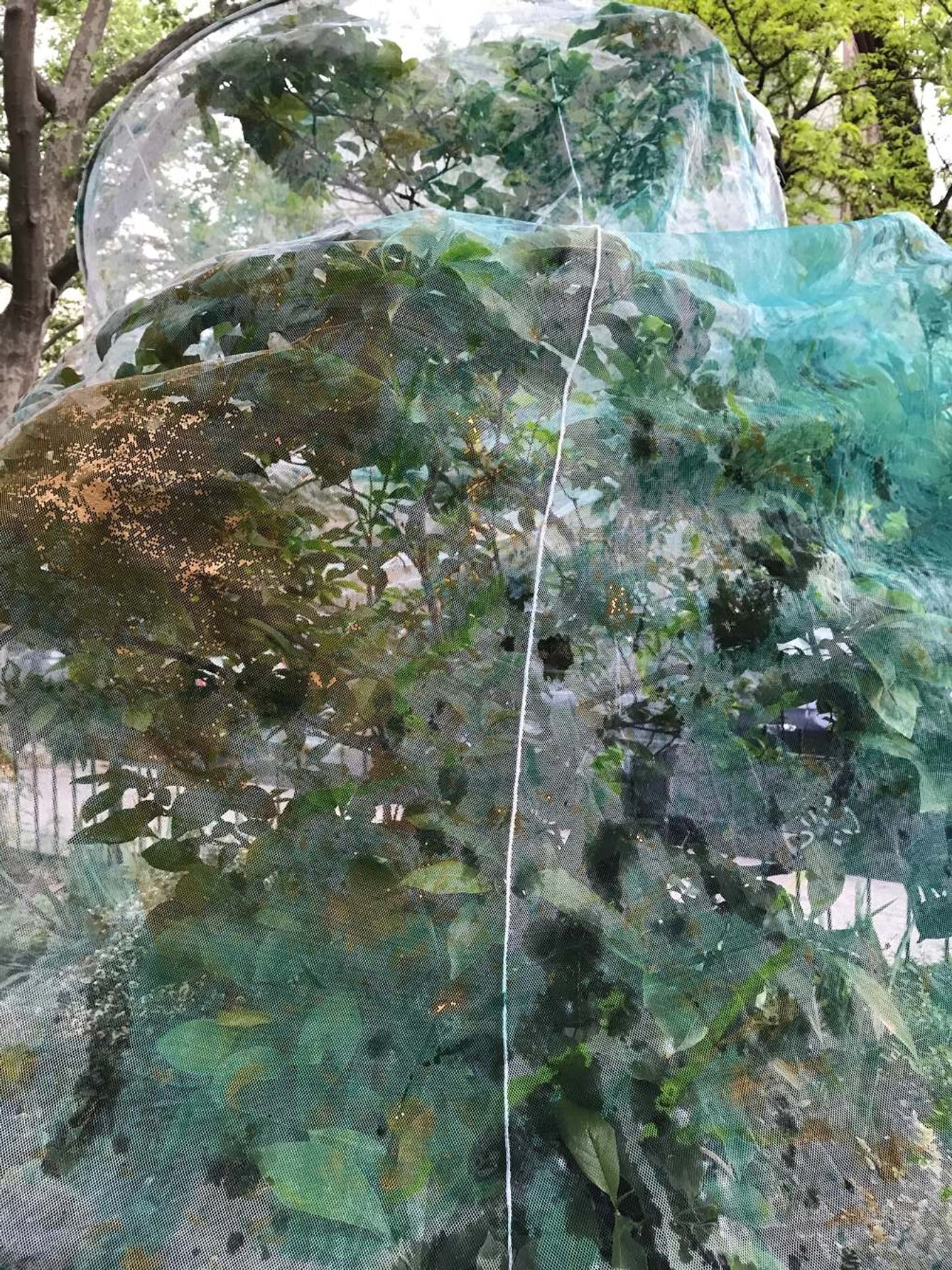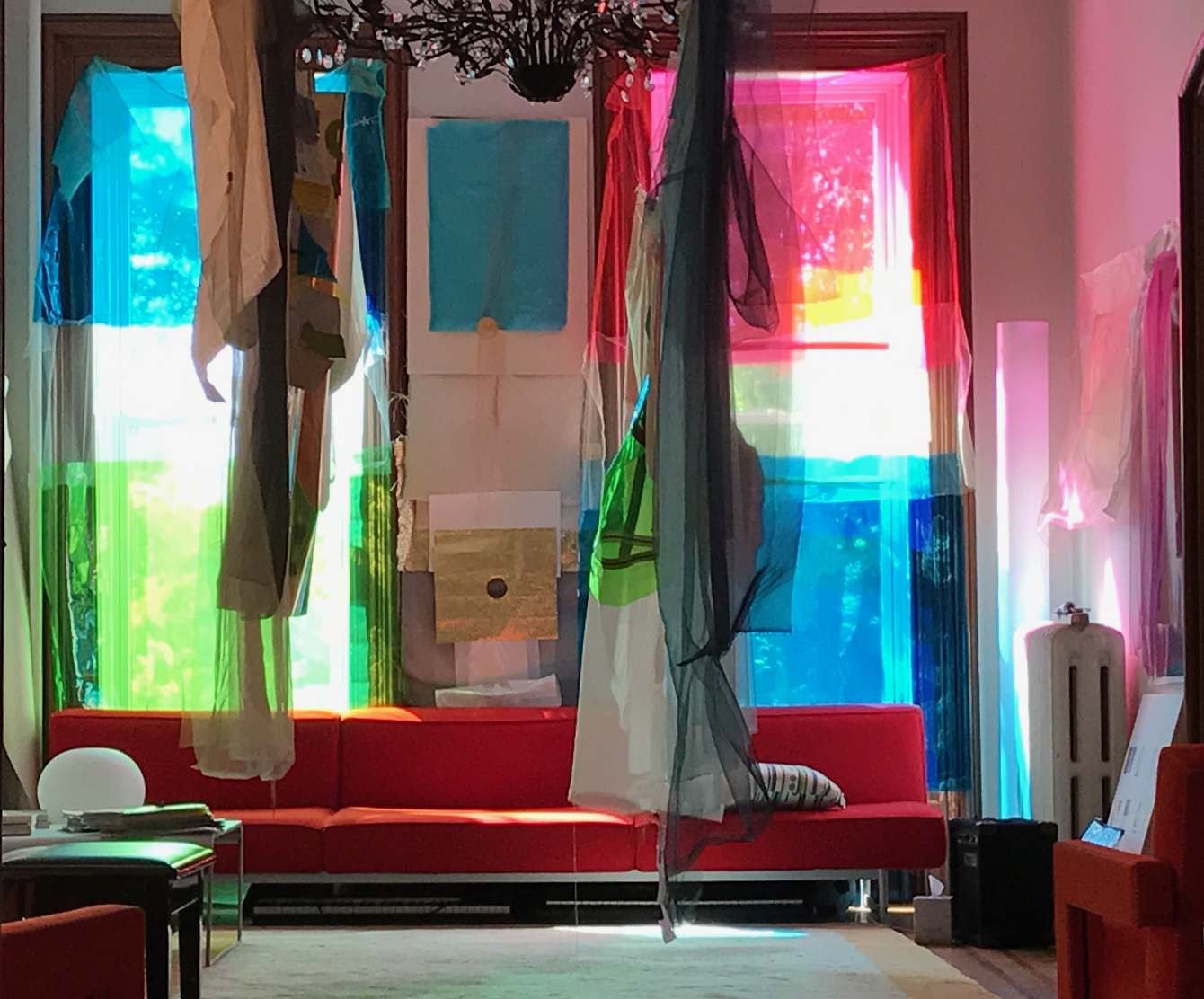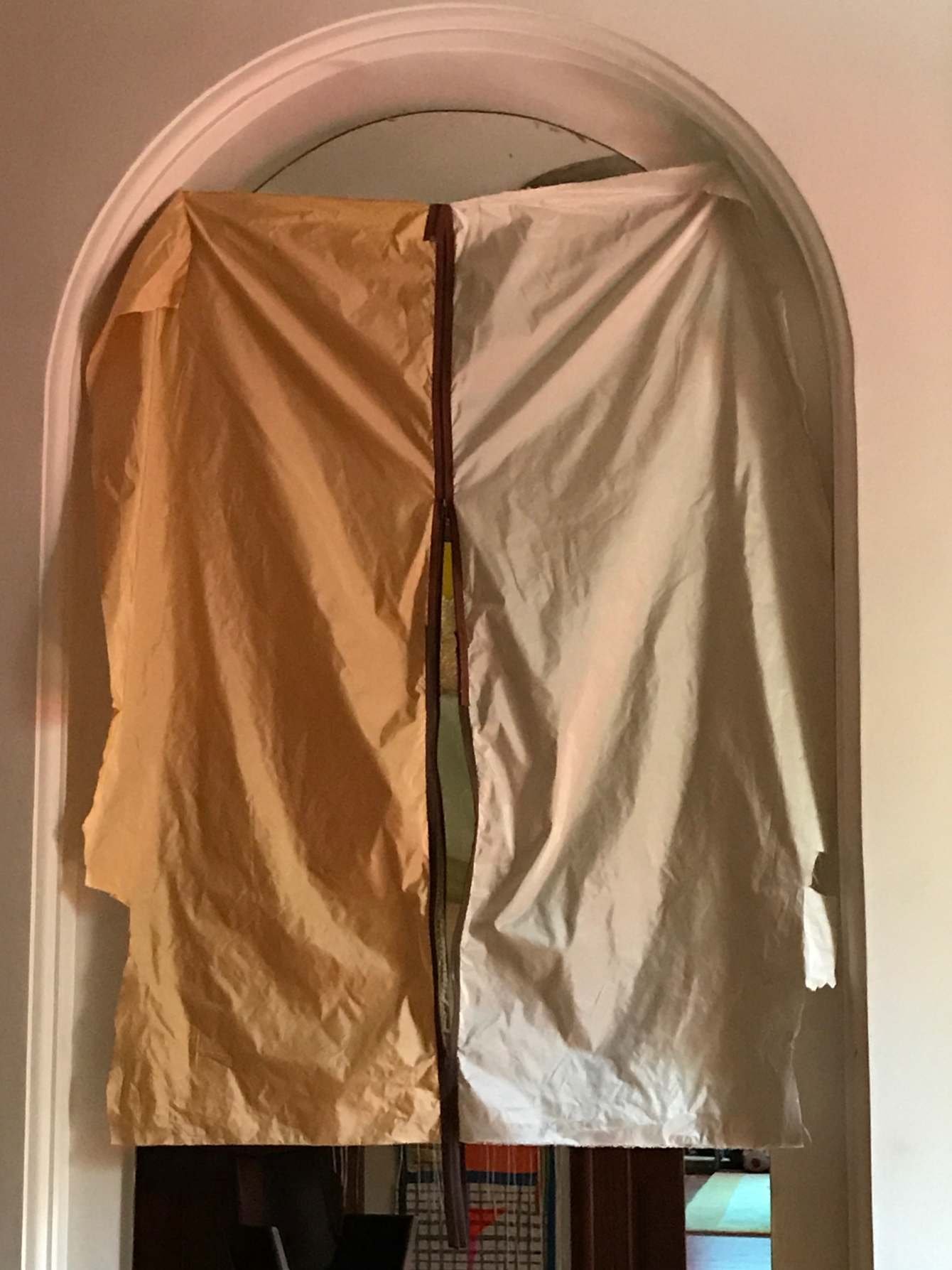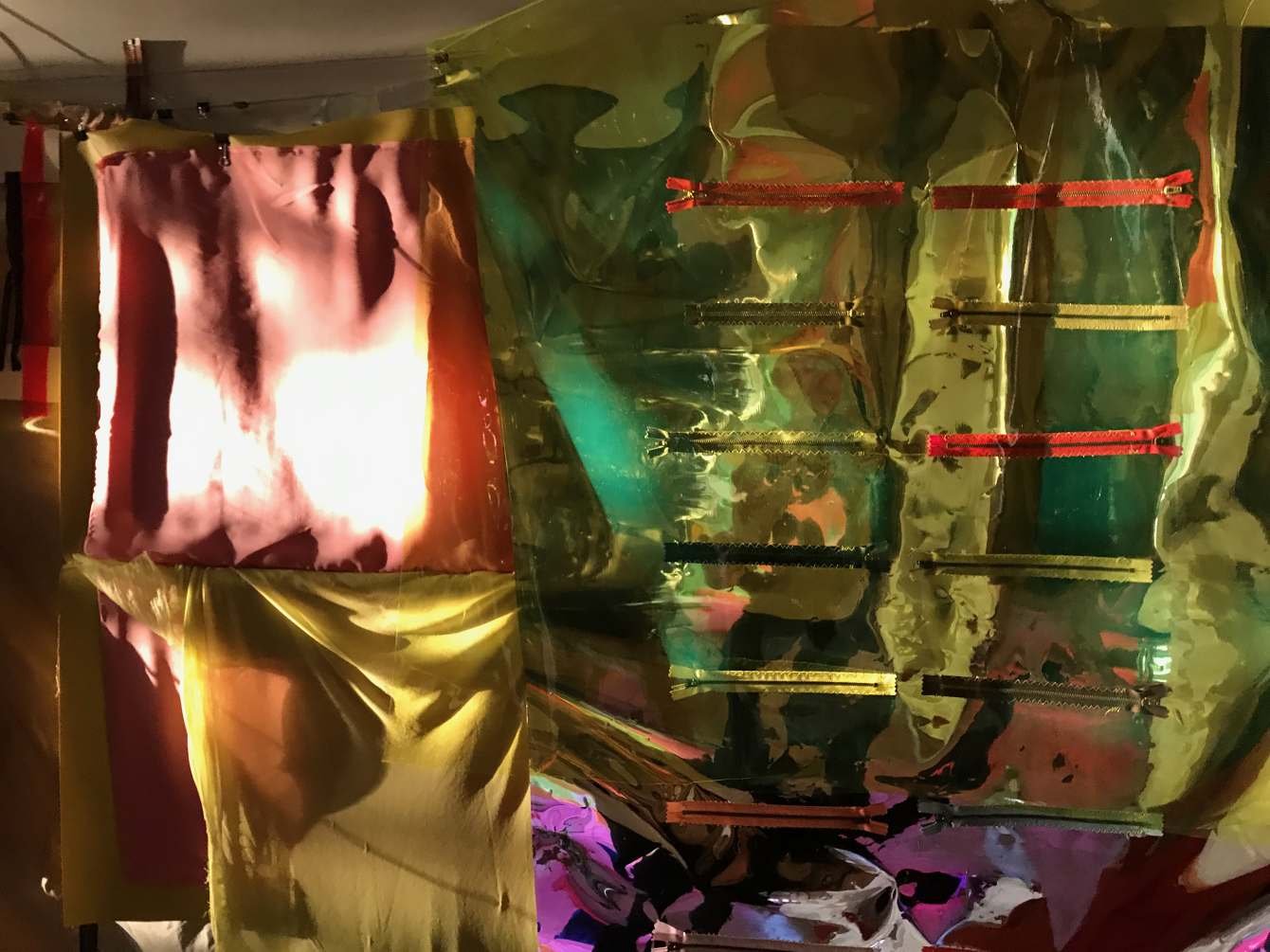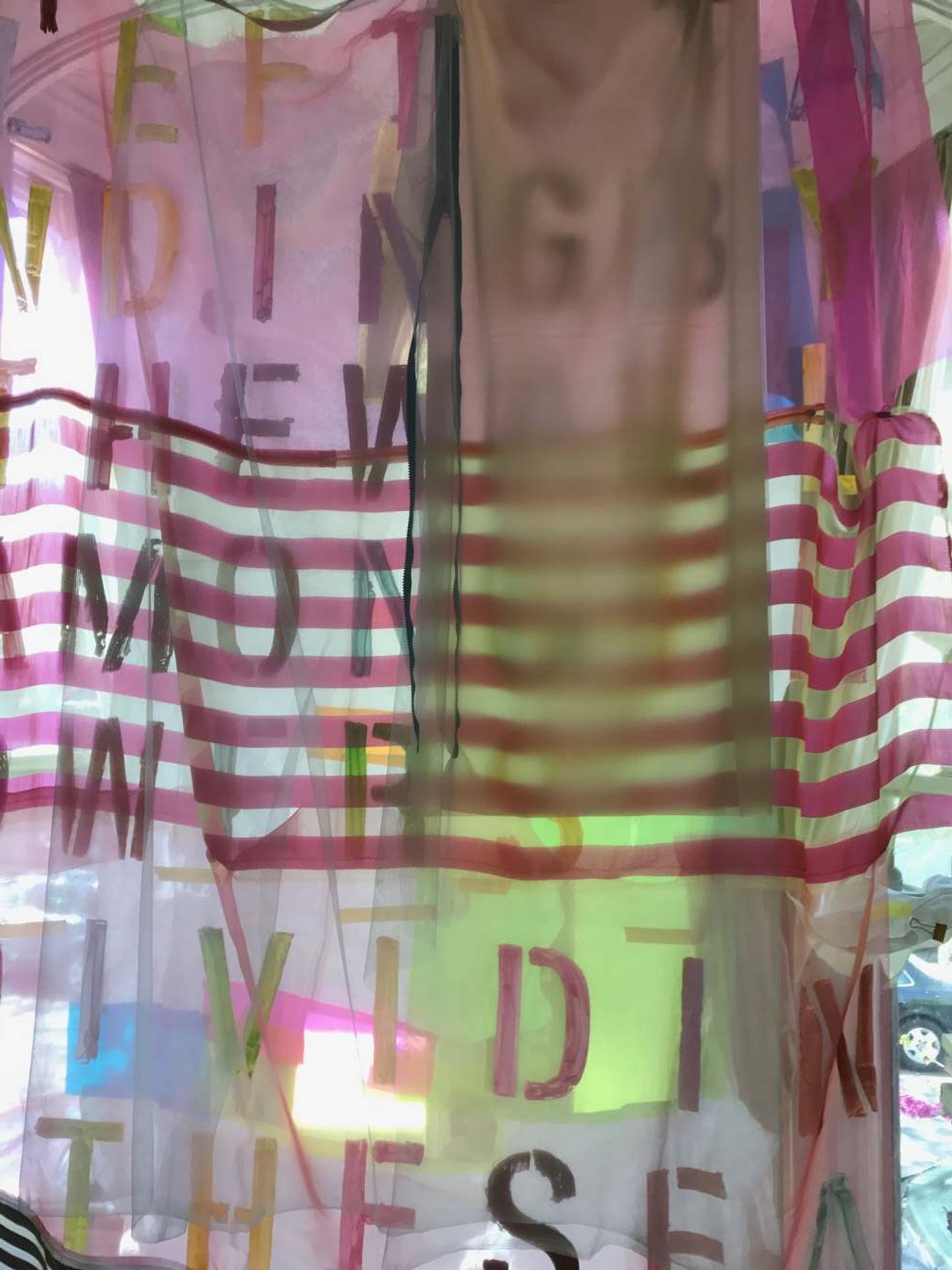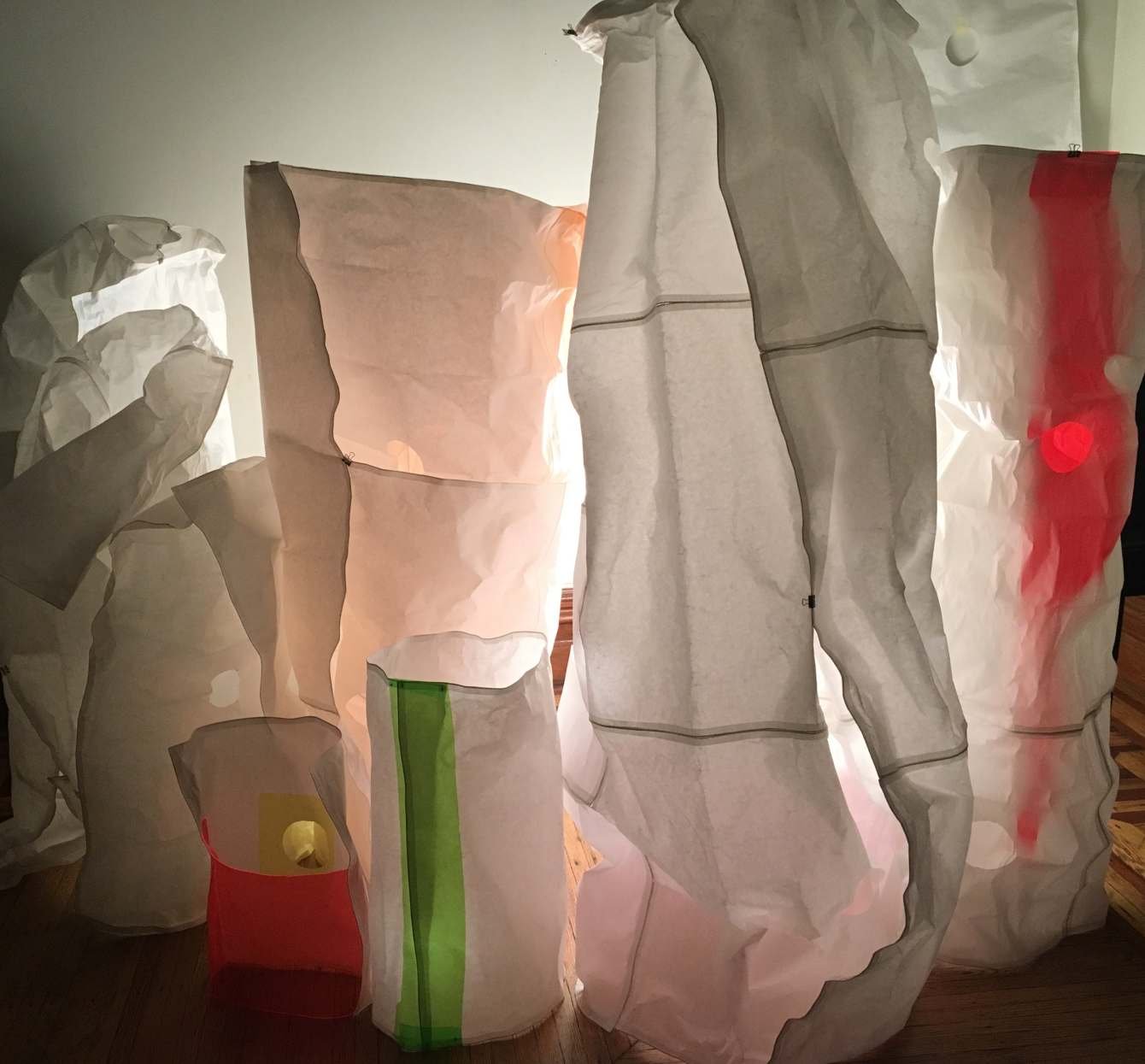in what language to come
In his new body of work Marc Lafia invites us to deeply immerse ourselves in our senses. Best known as a conceptual photographer and filmmaker, he has taken up something very new and sensate here. If in his past work he created an image of seeing, here he creates that which sees and folds our senses of touch and sight.
Maybe it was the his time in Japan and the ambience of the Setouchi Islands or wanting more to touch materials and light with his hands, to make something immersive, additive, sensual, sensate, something alive. Here he presents not an object image, but an object event, an event of being, of light and temperature, of texture, both of material, and its relation to the environment, and its beholding.
If his early works emerge in and around network culture — which has now become so pervasive it’s invisible — this new work is not of virtual bodies and performative identities, but rather gives forth a site specific embodiedness, a sense of touch that affects sight. Rather the world at the screen, at a remove, as an abstract thing, that is managed as a thing, as data, this new work re-situates and re-positions us, literally into the fabrics of material life.
If Lafia was interested in the social body in the network, its power to shrink the world, here he is interested in the ambient and experiential, the layered and contingent, the variable event of a realm of materials constructed and arranged to be pliable and responsive, to revealing themselves in their ambient character as they drape and drift.
Each of the pieces — all fabric works and light sculptures — are pliable, complicated and textured, made of silk, plastic, neoprene, rubber, latex, paper, all pleated, elegantly engineered with stitching and zippers, each folding onto and into each other, responsive to heat and cold, light and dark, time. Though precarious, they are enduring and will endure, each work embodying material memory, each adaptable, agile, and resilient and made to wear their decay. Like us, they seem to hang together while falling apart.
In his inviting philosophical title, Lafia asks many questions, both of his objects and his audience. What is it to finish when we never really finish? What is a today, a now, as we live in the event of becoming? After all, these works change with temperature, change as to how they are hung or installed, become other as they are layered over with varying works of the series. In a most beautiful way, they give forth in their site specific placement a singular and tactile experience of light and form, volume and shape. And yet from one instant to the next they are variable, becoming stable, then unstable, as they work to perform and adapt in their environment. They are a language, a material that is continually to come.
Perhaps Lafia here, amongst all the sumptuous textures and hues of colors, has come upon tactile seeing and wants us to re-embody ourselves with delight, to realign touch to sight, alert and alive to the full amplitude of our senses


